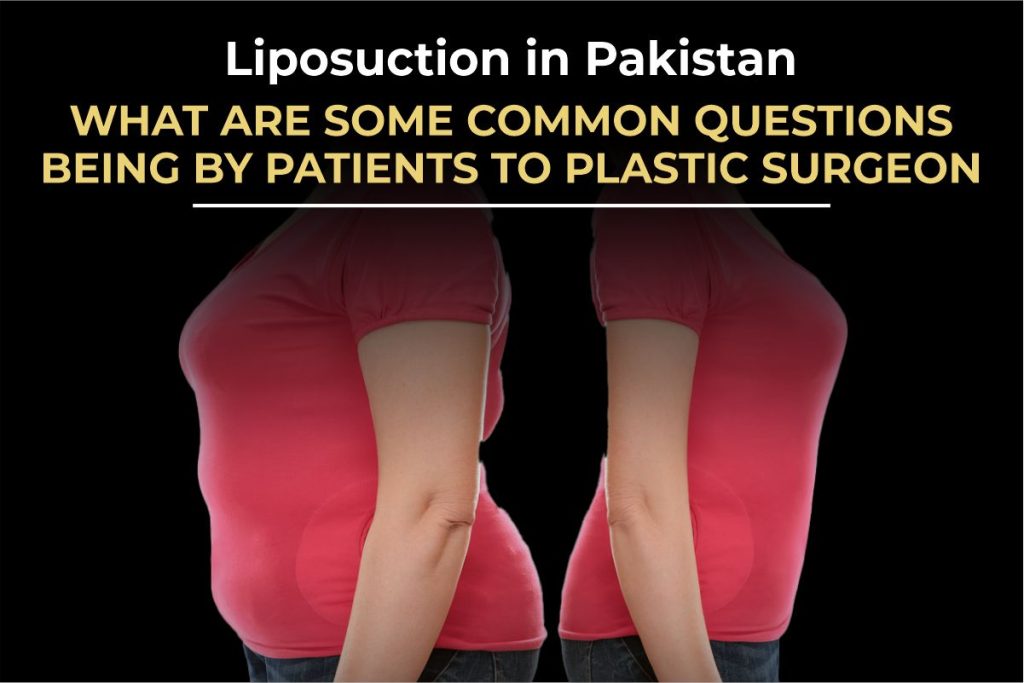If you’ve looked in the mirror and thought, “I wish I could have my body back,” you’re not alone. Life events like childbirth, weight fluctuations, or simply aging can leave behind loose skin, stubborn belly fat, or weak abdominal muscles that don’t respond to diet and exercise. That’s where abdominoplasty, commonly known as a tummy tuck, can help.
This procedure isn’t just cosmetic, for many people, it’s a transformative step toward physical comfort, wardrobe confidence, and self-esteem. But is it right for you?
Let’s take a closer look at what abdominoplasty involves, who benefits most, and what you can realistically expect.
What Is Abdominoplasty?
Abdominoplasty is a surgical procedure designed to remove excess skin and fat from the abdomen while also tightening the abdominal muscles. Over time, or after significant changes like pregnancy or major weight loss, the midsection can stretch beyond the body’s natural ability to bounce back. Skin starts to sag. The core feels weak. And the area loses its natural contour.
This procedure is not about losing weight, it’s about restoring tone, shape, and structure to your midsection.
Who Is a Good Candidate?
The ideal candidate for a tummy tuck is someone who is physically healthy, at a stable weight, and has realistic expectations. It’s particularly effective for individuals who:
- Have loose or hanging skin around the stomach
- Struggle with abdominal bulging due to muscle separation
- Have completed their family planning and don’t intend to become pregnant again
Whether you’re a woman dealing with post-pregnancy changes or a man who’s lost a significant amount of weight, abdominoplasty can help you finally see the results you’ve worked so hard for.
What Happens During the Surgery?
The procedure typically takes 2 to 4 hours and is performed under general anesthesia. Your surgeon makes a horizontal incision just above the pubic area. Through this opening, excess skin is trimmed away, underlying muscles are tightened and stitched, and the remaining skin is repositioned smoothly across the abdomen.
In full abdominoplasty, the belly button is also repositioned to match the new shape of the abdomen. The incision is placed low enough to be concealed under clothing and swimwear.
Liposuction may also be used during surgery to enhance contouring around the waist or flanks, but this is something your surgeon will plan in advance based on your anatomy.
What Is Recovery Like?
Recovery after abdominoplasty does require commitment and patience. The first few days involve swelling, mild discomfort, and limited mobility. Most patients are encouraged to begin walking the day after surgery, as light movement helps prevent complications.
While the early phase of recovery may take 10 to 14 days, full healing and return to strenuous activity may take 6 to 8 weeks. You’ll wear a support garment for several weeks to help reduce swelling and maintain the shape of your new abdomen.
The good news? Most patients start to feel more confident even in the early stages, as soon as swelling reduces and the skin starts to settle.
What About Scarring?
Scarring is a natural part of any surgical procedure. However, abdominoplasty scars are strategically placed low on the abdomen, where they can easily be hidden by underwear or swimwear. Over time, the scar usually fades significantly and becomes less noticeable.
Proper post-operative care, silicone gels, and sun protection can also help minimize scar appearance.
Are There Different Types of Abdominoplasty?
Yes, and your surgeon will recommend the one that best matches your body type and concerns.
In short:
- Full abdominoplasty addresses the entire abdomen, above and below the navel.
- Mini abdominoplasty is a less invasive version that focuses only on the area below the belly button.
- Extended abdominoplasty also tightens the sides (flanks or love handles), offering a more comprehensive reshaping for larger body types.
Each variation has different recovery times and outcomes, but the goal remains the same, to provide a firmer, flatter, and more contoured midsection.
Is It a Weight Loss Procedure?
This is a common misconception. Abdominoplasty is not meant for weight loss. It’s best performed on individuals who are already near their goal weight but struggling with loose skin and muscle laxity.
You may lose a few pounds of skin and fat during the procedure, but the real result is shape, not size. That’s why it’s ideal to pursue the surgery only after you’ve reached a stable weight.
What Are the Risks?
Like any surgery, abdominoplasty carries some risks, though complications are rare when performed by a skilled, board-certified surgeon. Possible concerns include infection, delayed healing, fluid accumulation, or skin sensation changes. Most issues, when identified early, can be managed safely and effectively.
Choosing the right surgeon, one with experience, a clean facility, and a patient-first approach, significantly reduces the risk of complications and ensures a smoother recovery.
Will It Give You a “Premium Body”
That depends on how you define it.
If your idea of a “premium body” means:
- Feeling confident in your own skin
- Wearing your favorite clothes without hiding behind layers
- Finally seeing a toned waistline after years of effort
Then yes, abdominoplasty might be the procedure that helps you get there. Just remember, it’s not a magic fix. It’s a surgical reset, meant to enhance the results of your lifestyle, not replace them.
Final Thoughts, Reclaiming Your Body Is Possible
Abdominoplasty is more than just a cosmetic procedure, it’s a physical and emotional transformation. For many people in Pakistan, it represents a chance to restore their shape, rebuild confidence, and move forward feeling renewed.
If you’re healthy, motivated, and looking for a long-term solution to loose skin and abdominal bulging, it’s worth speaking to a trusted plastic surgeon. With the right plan and realistic expectations, a tummy tuck could be your next step toward the premium version of you.




